AWS Certification Training
- 181k Enrolled Learners
- Weekend/Weekday
- Live Class
Microservices is an architectural style with the help of which, you can build small to complex business applications. To build applications with this architectural style developers need tools and technologies to build and monitor these services. So, in this article on Microservices Tools, I will discuss the various tools you can use to build these autonomous services.
Before, we begin discussing the tools and technologies used to build an application using microservices, let me tell you what are microservices.
Microservices, aka microservice architecture, is an architectural style that structures an application as a collection of small autonomous services, modeled around a business domain. So, you can understand microservices as small individual services communicating with each other around the single business logic. If you wish to know more about microservices in-depth, then you can refer my article.
Now, that you have an idea of microservices, let us look into the tools used in microservices.
Microservices tools are a collection of various tools and technologies having various functionalities. These tools are used in various stages of building an application and help the developer to work with ease. They come with pre-defined functions, algorithms, and a very user-friendly GUI. Also, several start-ups and tech giants have been working on developing such user-friendly microservices tools. However, since microservices is an architectural style, it is often never enough to use one tool for the entire workflow.
Therefore, we’ll be looking at microservices tools used for the different, i.e.

The main advantage of microservices is that different languages and technologies can be used to build different services of the same application. So, it gives the developers the freedom to choose their technology stack and build the application. But, the most popular programming languages used in microservices are Spring Boot and Elixir.
 Spring Boot simplifies the creation of REST-based microservices with the help of Spring Boot frameworks in just a few lines of code. Here are a few features of Spring Boot:
Spring Boot simplifies the creation of REST-based microservices with the help of Spring Boot frameworks in just a few lines of code. Here are a few features of Spring Boot:
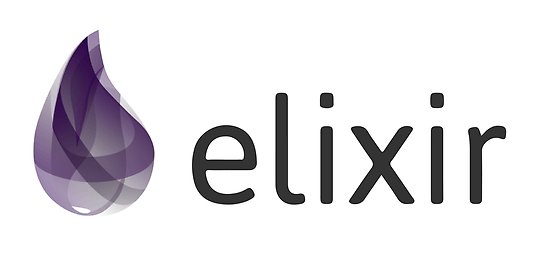 Elixir is a general-purpose programming language which runs on the Erlang virtual machine. Elixir shares the same abstractions for building fault-tolerant and distributed applications. Below are a few features of Elixir:
Elixir is a general-purpose programming language which runs on the Erlang virtual machine. Elixir shares the same abstractions for building fault-tolerant and distributed applications. Below are a few features of Elixir:
While you start building applications using microservices, you also have to make sure that all the individual services communicate with each other using APIs’. Each microservice can have its own API to communicate with the other service. This is where API management and testing comes into the picture, as all the APIs present in the system, must be properly managed and tested to get the desired results.
The tools used for API Management and Testing are as follows:
 Postman is an API development suite which allows you to easily run UI-driven API tests. With the help of Postman, the exploration of RESTful API resources becomes very easy. Also, with the help of Postman, you can pass HTTP requests to test, develop and get the required results. Here are some of its features:
Postman is an API development suite which allows you to easily run UI-driven API tests. With the help of Postman, the exploration of RESTful API resources becomes very easy. Also, with the help of Postman, you can pass HTTP requests to test, develop and get the required results. Here are some of its features:
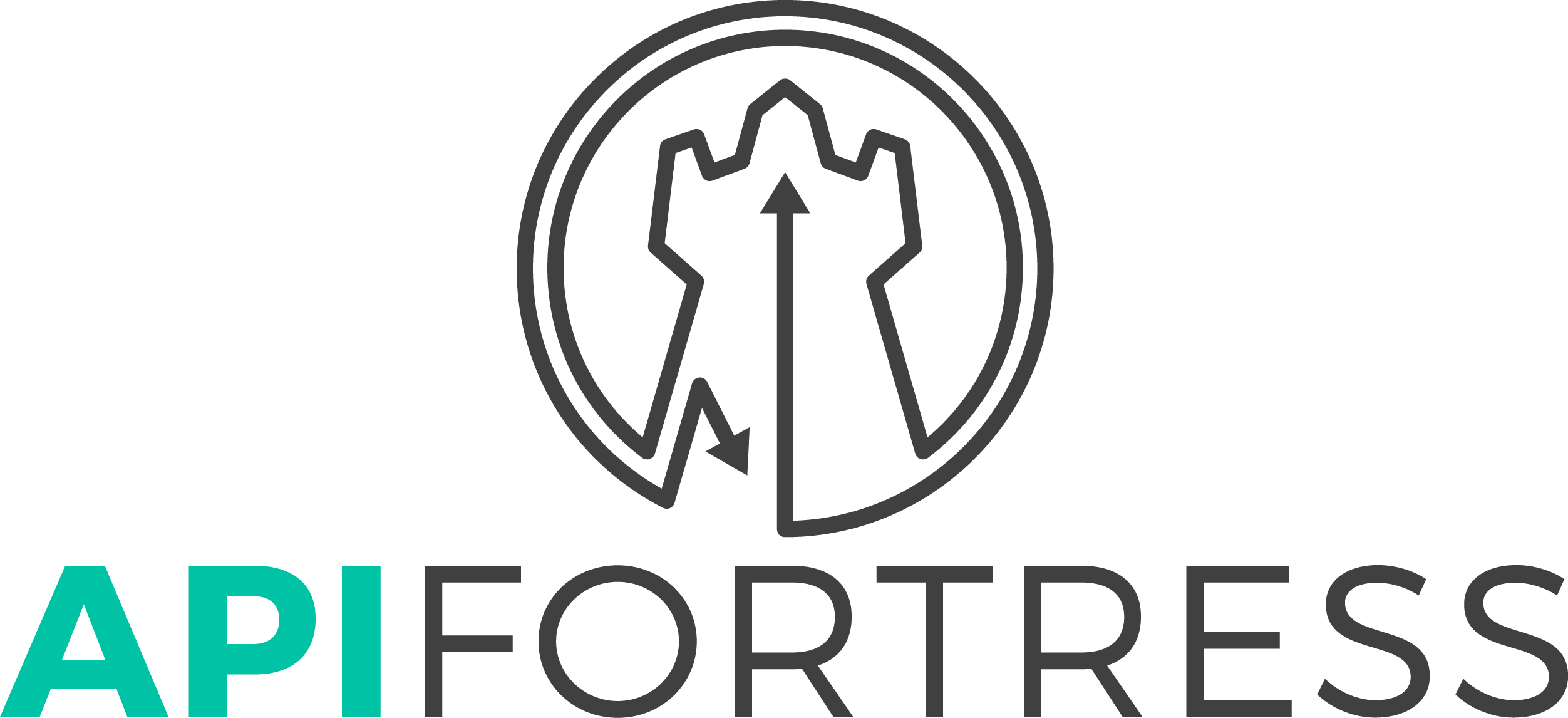 API Fortress is both an API test and health tools which automates the process of load testing, health monitoring, and functional testing. This tool is code-free and is built around modern API architectural patterns and practices. Below are a few features of API Fortress:
API Fortress is both an API test and health tools which automates the process of load testing, health monitoring, and functional testing. This tool is code-free and is built around modern API architectural patterns and practices. Below are a few features of API Fortress:
This tool is highly interoperable with any platform that you choose in your toolchain and validates APIs built-in API management platforms
It simplifies API Test creation and execution by providing a drag-drop GUI.
This tool also simplifies end-to-end testing by providing easy generation of functional tests.
API Fortress also aims to simplify collaboration by storing the tests and reports in a collaborative environment, to make sure that teams validate their APIs; if it satisfies the business case.
Tools for Messaging
Microservices are a system, where autonomous services, communicate with each other or within themselves. To communicate with each other, microservices use the messaging queues. So, the tools used for messaging are as follows:
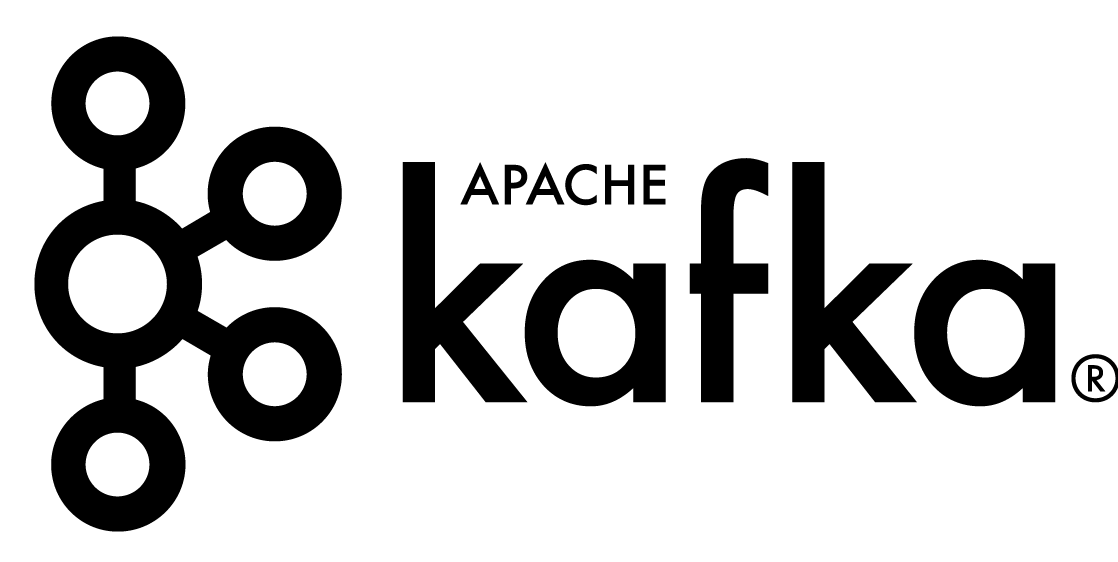 This tool is a distributed publish-subscribe messaging system originally developed at LinkedIn and later on became a part of the Apache project. Kafka is scalable, agile, and is distributed by design. So, Apache Kafka is a distributed stream processing platform which can be used for data processing or API calls. Here are a few features of Apache Kafka:
This tool is a distributed publish-subscribe messaging system originally developed at LinkedIn and later on became a part of the Apache project. Kafka is scalable, agile, and is distributed by design. So, Apache Kafka is a distributed stream processing platform which can be used for data processing or API calls. Here are a few features of Apache Kafka:
 This tool utilizes patterns to communicate between microservices and also scale applications simultaneously. With the help of this tool, you can connect microservices with each other to solve problems of distributed systems. Also, you can use this tool to exchange events between the individual services. Below are a few features of RabbitMQ:
This tool utilizes patterns to communicate between microservices and also scale applications simultaneously. With the help of this tool, you can connect microservices with each other to solve problems of distributed systems. Also, you can use this tool to exchange events between the individual services. Below are a few features of RabbitMQ:
Toolkits in layman terms is a set of tools used for a specific purpose. In a microservice architecture, you can build various kinds of applications. So, you may have various toolkits used for a different purpose. The various tools you can consider in this section are as follows:
 fabric8 is a platform-as-a-service tool, which helps the developers provide configuration management system through Git. It is an open-source tool which handles port mappings and IP address complexities. This tool also holds the responsibility to load balance services with high availability and scalability.
fabric8 is a platform-as-a-service tool, which helps the developers provide configuration management system through Git. It is an open-source tool which handles port mappings and IP address complexities. This tool also holds the responsibility to load balance services with high availability and scalability.
Here are a few features of this tool:
 Seneca is used for building message based microservices, processes and is the toolkit for Node.js. This toolkit helps you to write clean and organized code with the systematic business logic of the application. Features of Seneca are below:
Seneca is used for building message based microservices, processes and is the toolkit for Node.js. This toolkit helps you to write clean and organized code with the systematic business logic of the application. Features of Seneca are below:
Since microservices itself is an architectural style, the architectural framework is an important factor. These frameworks are used with various technologies to build applications.
The two popular architectural frameworks are as follows:
 This architectural framework provides a way to build REST APIs’ and microservices using Golang. With the help of this architectural framework, you can design APIs’ along with its required dependencies. This framework runs on top of the Google Cloud Platform. Few of the features are as follows:
This architectural framework provides a way to build REST APIs’ and microservices using Golang. With the help of this architectural framework, you can design APIs’ along with its required dependencies. This framework runs on top of the Google Cloud Platform. Few of the features are as follows:
 Kong is used for ready to deploy plugins for enhancing the development and deployment of microservices, With this tool, you can leverage the container and microservices design patterns to quickly build API-centric applications. Below are a few features of Kong:
Kong is used for ready to deploy plugins for enhancing the development and deployment of microservices, With this tool, you can leverage the container and microservices design patterns to quickly build API-centric applications. Below are a few features of Kong:
As microservices work with respect to containers, container orchestration is an important aspect which needs to be considered. In today’s market, there are various tools regarding the container orchestration for microservices, but the top tools are as follows:
 Kubernetes is an open-source container management (orchestration) tool. It’s container management responsibilities include container deployment, scaling & descaling of containers & container load balancing. Going by the definition, you might feel Kubernetes is very ordinary and unimportant. But trust me, this world needs Kubernetes for managing containers, as much as it needs Docker for creating them. Here are a few features of Kubernetes:
Kubernetes is an open-source container management (orchestration) tool. It’s container management responsibilities include container deployment, scaling & descaling of containers & container load balancing. Going by the definition, you might feel Kubernetes is very ordinary and unimportant. But trust me, this world needs Kubernetes for managing containers, as much as it needs Docker for creating them. Here are a few features of Kubernetes:
 This tool supports service deployment on Kubernetes. It also provides features for manageability, security, and reliability to microservices communications. Well, this is done by the service mesh technology which allows you to improve the relationships and interactions between application and microservices. Few of the features are as follows:
This tool supports service deployment on Kubernetes. It also provides features for manageability, security, and reliability to microservices communications. Well, this is done by the service mesh technology which allows you to improve the relationships and interactions between application and microservices. Few of the features are as follows:
Once the application, is built, it is very important, to monitor the working of applications. So, to monitor applications, you can use the following tools:
 Prometheus allows visualizing monitoring information using and supports time-based tracking for anomalous patterns to be detected. This is an open-source tool which, gathers monitoring information. Below are a few features of Prometheus:
Prometheus allows visualizing monitoring information using and supports time-based tracking for anomalous patterns to be detected. This is an open-source tool which, gathers monitoring information. Below are a few features of Prometheus:
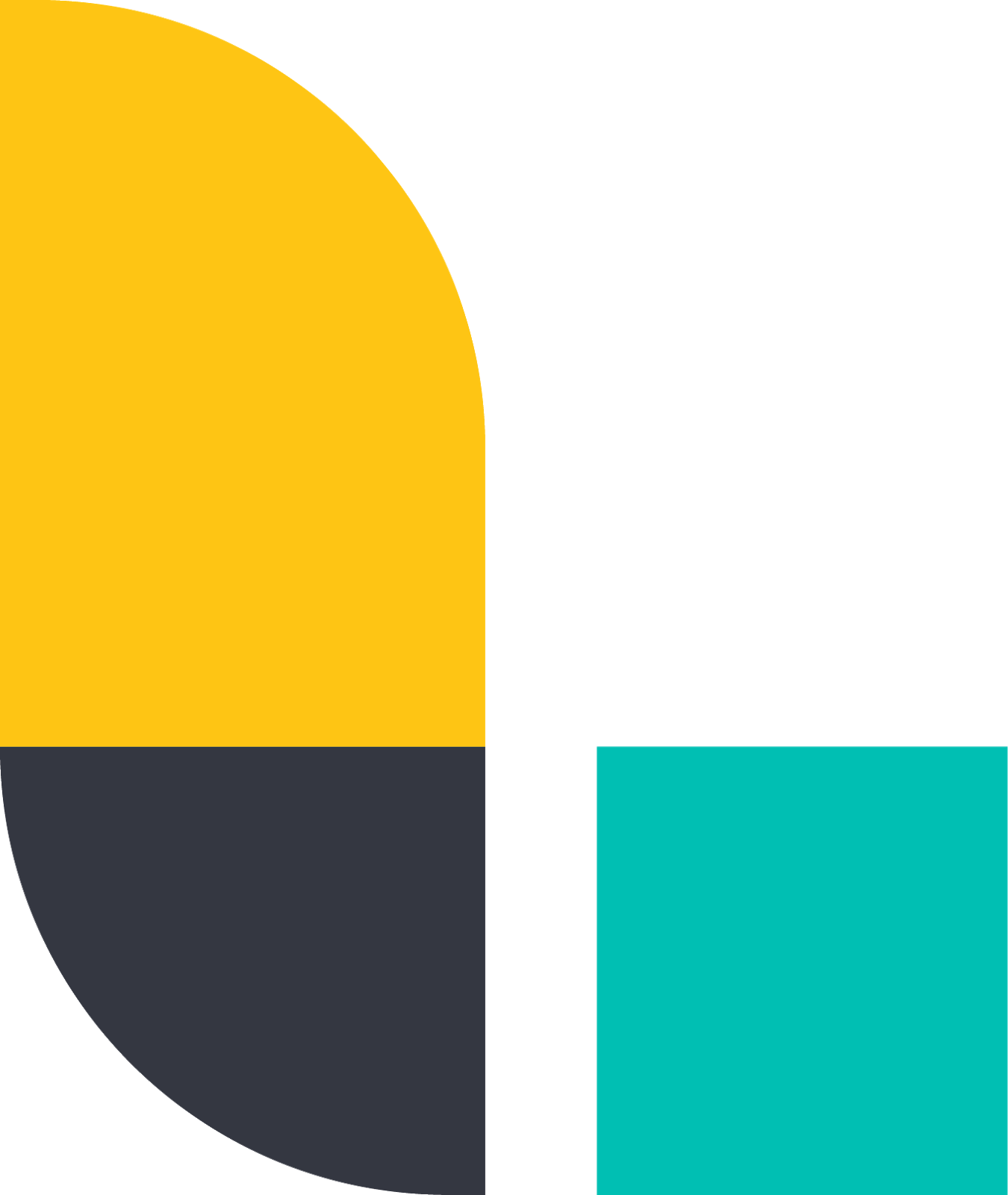 Logstash is an open-source tool through which you can check the logs. This tool lets you stash, centralize and transform data. The features of this tool are as follows:
Logstash is an open-source tool through which you can check the logs. This tool lets you stash, centralize and transform data. The features of this tool are as follows:
These tools are a part of microservices, which optimize the methodology of breaking stuff into small functions. Few of the serverless tools are as follows:
 Claudia is a serverless tool used for deployments for AWS Lambda and API Gateway. This tool automates error-prone deployments and configuration tasks. It also contains tools such as Claudia Bot Builder and Claudia API Builder.
Claudia is a serverless tool used for deployments for AWS Lambda and API Gateway. This tool automates error-prone deployments and configuration tasks. It also contains tools such as Claudia Bot Builder and Claudia API Builder.
The features of this tool are as follows:
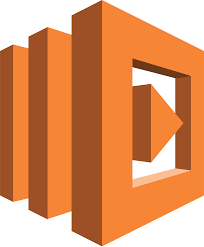 This tool provides infrastructure-less servers for your microservices builds and the users charged on a pay-per-use rate. This tool can be used in combination with AWS API Gateway to host a REST or API service. This amazon web service allows your API to serve any requests made by users. Below are a few features of AWS Lambda:
This tool provides infrastructure-less servers for your microservices builds and the users charged on a pay-per-use rate. This tool can be used in combination with AWS API Gateway to host a REST or API service. This amazon web service allows your API to serve any requests made by users. Below are a few features of AWS Lambda:
If you wish to learn Microservices and build your own applications, then check out our Microservices Certification Training which comes with instructor-led live training and real-life project experience. This training will help you understand Microservices in-depth and help you achieve mastery over the subject.
Got a question for us? Please mention it in the comments section of ” Microservice Tools” and I will get back to you.
 Thank you for registering Join Edureka Meetup community for 100+ Free Webinars each month JOIN MEETUP GROUP
Thank you for registering Join Edureka Meetup community for 100+ Free Webinars each month JOIN MEETUP GROUPedureka.co